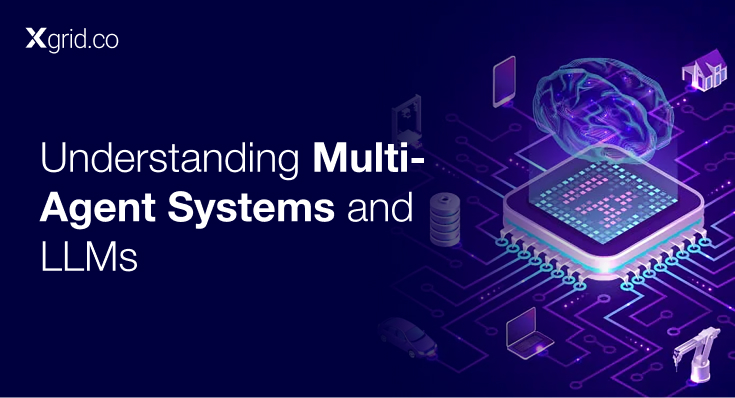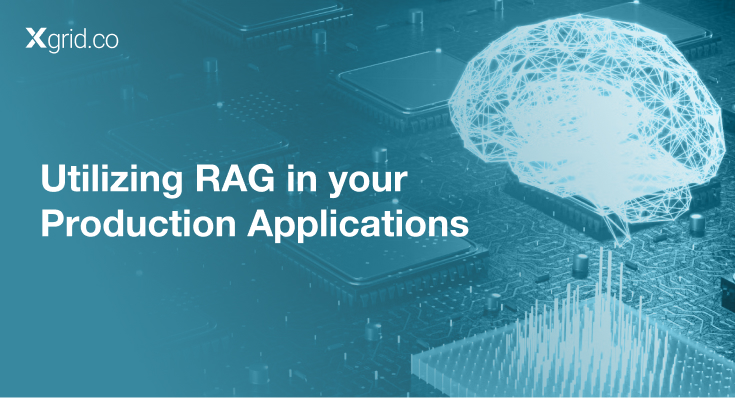Choosing Your LLM Architecture: Open Source vs Proprietary Models
This choice can significantly impact project outcomes, costs, scalability, and ethical considerations. In this comprehensive guide, we’ll explore the nuances of both options, helping you make an informed decision for your specific needs.
1. Understanding LLM Architectures
Before diving into the comparison, it’s essential to understand what we mean by LLM architectures.
-
- LLM Architecture: The underlying structure and design of a language model, including its neural network layout, training methodology, and inference process.
- Key Components:
- Model size (number of parameters)
- Training data
- Tokenization method
- Attention mechanisms
- Fine-tuning capabilities
Both open source and proprietary models can vary widely in these aspects, influencing their performance, efficiency, and applicability to different tasks.
2. Open Source LLMs
Open source LLMs are models whose architecture, weights, and often training code are publicly available for use, modification, and distribution.
Advantages of Open Source LLMs
-
- Transparency: Users can inspect the code, understand the model’s behavior, and identify potential biases or issues.
- Customizability: Developers can modify the model to suit specific needs or domains.
- Community Support: Benefit from a collaborative ecosystem of developers and researchers.
- Cost-Effectiveness: Often free to use and deploy, reducing initial investment.
- Educational Value: Excellent for learning and academic research.
Disadvantages of Open Source LLMs
-
- Resource Intensity: May require significant computational resources for training and deployment.
- Technical Expertise: Demands a higher level of technical knowledge to implement and optimize.
- Potential Instability: Frequent updates may lead to inconsistencies in long-term projects.
- Limited Support: May lack professional support services offered by commercial entities.
- Performance Gap: Some open source models may lag behind state-of-the-art proprietary models in certain tasks.
Popular Open Source LLMs
-
- BERT (Bidirectional Encoder Representations from Transformers)
- Developed by Google
- Widely used for various NLP tasks
- Example use: Sentiment analysis in customer reviews
- GPT-2 (Generative Pre-trained Transformer 2)
- Created by OpenAI
- Known for generating human-like text
- Example use: Automated content generation for blogs
- T5 (Text-to-Text Transfer Transformer)
- Developed by Google
- Versatile model for various text-to-text tasks
- Example use: Text summarization for news articles
- BLOOM (BigScience Large Open-science Open-access Multilingual Language Model)
- Collaborative project led by Hugging Face
- Multilingual model with 176 billion parameters
- Example use: Cross-lingual information retrieval
- LLaMA (Large Language Model Meta AI)
- Developed by Meta AI
- Range of sizes from 7B to 65B parameters
- Example use: Code generation and analysis
- BERT (Bidirectional Encoder Representations from Transformers)
3. Proprietary LLMs
Proprietary LLMs are developed and owned by private companies, with restricted access to their architecture, weights, and often their training methodologies.
Advantages of Proprietary LLMs
-
- Cutting-Edge Performance: Often represent the state-of-the-art in various NLP tasks.
- Ease of Use: Usually come with user-friendly APIs and extensive documentation.
- Scalability: Backed by robust infrastructure for handling large-scale deployments.
- Continuous Updates: Regular improvements and feature additions without user effort.
- Professional Support: Access to dedicated customer support and troubleshooting.
Disadvantages of Proprietary LLMs
-
- Cost: Can be expensive, especially for high-volume usage or specialized applications.
- Limited Transparency: Inner workings are often a “black box,” making it difficult to understand or modify behavior.
- Vendor Lock-in: Switching costs can be high once a system is built around a proprietary model.
- Data Privacy Concerns: Sending data to external servers may raise security and compliance issues.
- Usage Restrictions: May have limitations on use cases or require additional licensing for certain applications.
Notable Proprietary LLMs
-
- GPT-3 and GPT-4 (OpenAI)
- Known for versatile natural language understanding and generation
- Example use: Powering chatbots and virtual assistants
- BERT (Google’s commercial version)
- Optimized for search and information retrieval
- Example use: Enhancing Google’s search results
- Claude (Anthropic)
- Focused on safe and ethical AI interactions
- Example use: Content moderation and analysis
- PaLM (Pathways Language Model by Google)
- Large-scale model with strong few-shot learning capabilities
- Example use: Complex reasoning tasks and multilingual applications
- GPT-J (EleutherAI)
- Open-source alternative to GPT-3, but with commercial hosting options
- Example use: Text completion and generation tasks
- GPT-3 and GPT-4 (OpenAI)
4. Factors to Consider When Choosing
-
- Project Requirements
- Task complexity
- Required accuracy and performance
- Scalability needs
- Resources
- Budget constraints
- Available computational resources
- In-house technical expertise
- Customization Needs
- Domain-specific adaptations
- Fine-tuning requirements
- Ethical and Legal Considerations
- Data privacy regulations
- Transparency requirements
- Bias mitigation needs
- Long-term Maintenance
- Update frequency
- Community support vs. professional services
- Integration Complexity
- Compatibility with existing systems
- API availability and ease of use
- Deployment Environment
- On-premise vs. cloud deployment
- Latency requirements
- Project Requirements
5. Use Cases and Examples
Open Source LLM Success Stories
-
- Hugging Face Transformers Library
- Use Case: Democratizing NLP research and application development
- Impact: Enabled thousands of developers to implement state-of-the-art NLP models
- Mozilla Common Voice Project
- Use Case: Creating open-source voice recognition models
- Impact: Improved accessibility features in various applications
- Hugging Face Transformers Library
Proprietary LLM Breakthroughs
-
- OpenAI’s GPT-3 in GitHub Copilot
- Use Case: AI-assisted code generation
- Impact: Significantly increased developer productivity
- Google’s BERT in Search
- Use Case: Improving search result relevance
- Impact: Enhanced user experience for millions of search queries daily
- OpenAI’s GPT-3 in GitHub Copilot
6. Future Trends
-
- Hybrid Models: Combining open source foundations with proprietary fine-tuning
- Specialized LLMs: Models tailored for specific industries or tasks
- Ethical AI Frameworks: Increased focus on fairness, transparency, and accountability
- Edge Deployment: Optimizing LLMs for on-device processing
- Multimodal Models: Integrating text, image, and audio processing capabilities
7. Conclusion
Choosing between open source and proprietary LLM architectures is not a one-size-fits-all decision. It requires careful consideration of your project’s specific needs, resources, and long-term goals.
Open source models offer flexibility, transparency, and community support, making them ideal for research, education, and projects with specific customization needs. They empower developers to innovate and adapt models to unique use cases.
Proprietary models, on the other hand, provide cutting-edge performance, ease of use, and robust support, making them suitable for enterprise-level applications and scenarios where time-to-market is critical.
The landscape of LLMs is rapidly evolving, with new models and architectures emerging regularly. Staying informed about the latest developments and carefully evaluating your options will be key to making the best choice for your LLM needs.
Remember, the best choice is the one that aligns with your project goals, ethical standards, and resource constraints while providing the performance and flexibility you need to succeed.





